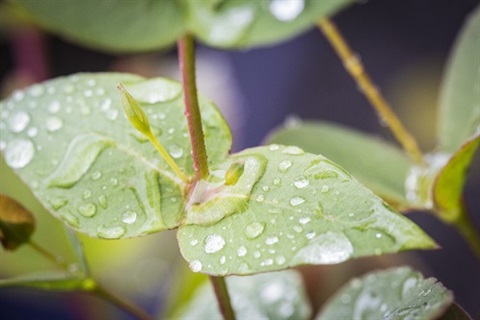Preparation for planting

There are a few things to consider before you start to plant.
If you have had machinery and vehicles on site or are preparing an area of high foot traffic it is likely that the soil will be compacted. The soil needs to be broken up and dug over before planting can commence. While you are doing this you can check the soil type.
Nillumbik soils are predominately clay, which our local native plants have adapted to growing in, but there are a few tips on conditioning the soil which will aid in the growth of the plant.
Clay soils have the ability to hold water well but the disadvantage is that the drainage and aeration will be poor, just as it would be in a compacted soil. Digging gypsum through the soil at the rate of 1kg per square metre helps to break up the clay.
Compost is also a very good soil conditioner, which can be dug through a new garden bed up by digging it through the soil with a fork. This improves the soil structure which aids aeration to plant roots, enables roots to grow freely in the soil, encourages soil life such as worms which add humus to the soil and improves drainage so roots are not water logged. It is also a good idea to raise the garden bed to aid drainage.
Check for soil pH by using a simple soil pH test kit, which can be obtained from a local garden centre. Simply follow the directions on the soil test kit. If the pH is above neutral (7), agricultural sulphur can be incorporated into the soil. If the pH is below, dolomite lime can be dug through the soil. It is good to keep the soil at a neutral level so the elements are available to the plant at the right rate.
It is important put a layer of mulch down to keep the soil from drying out in the summer. It also has the advantage of insulating the soil, keeping it warmer in winter and cooler in summer for the creatures that live in the top layer of soil. As the mulch breaks down it also helps to condition the soil. A new layer of mulch should be added every year. Mulch to a depth of 10cm with a locally-sourced organic mulch, pea straw or lucerne.
The planting, once the first good autumn rain has fallen can commence in the knowledge that you have a well-prepared garden bed. See our tips on planting for the season Good luck and have fun.